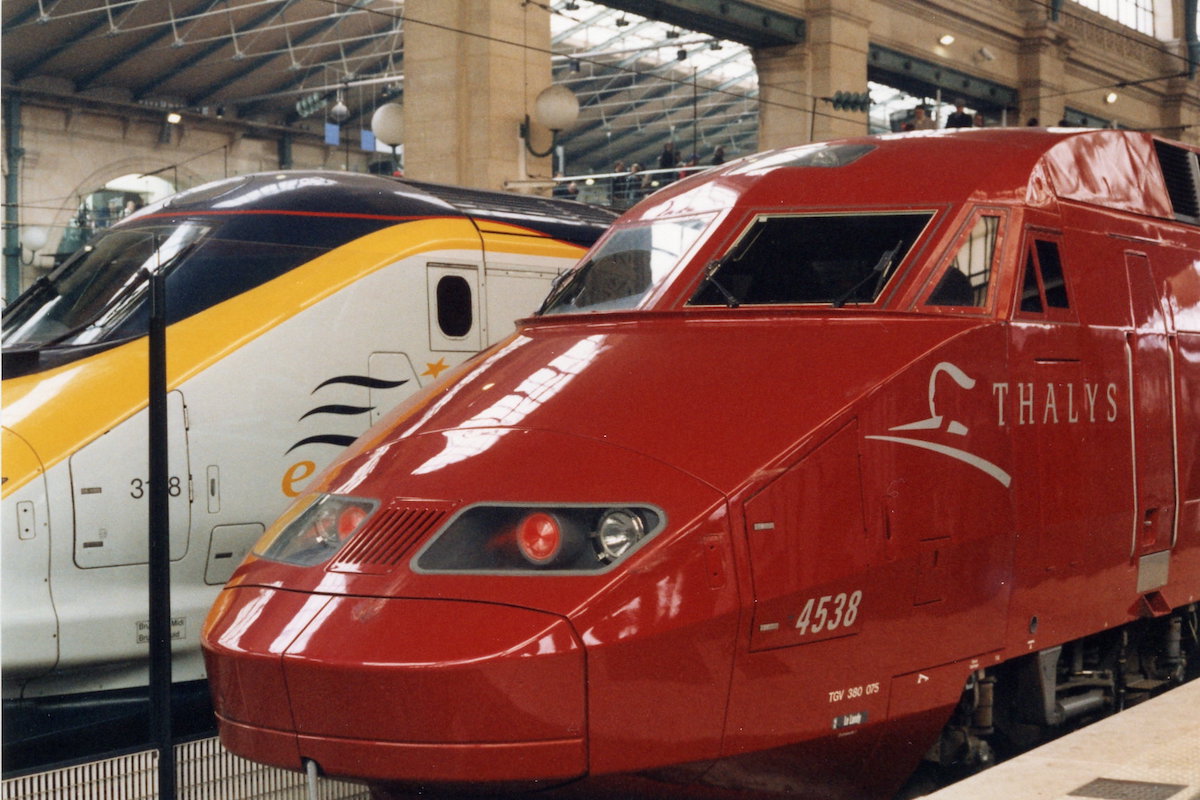Skift Take
Rail travel in Western Europe is about to get a little bit easier. European authorities have signed off on the merger of high-speed rail operators Eurostar and Thalys that will create a single company connecting some of Europe's largest cities.
European rail travel is about to get a little easier with official approval of the long-planned merger of rail operators Eurostar and Thalys. The resulting company will connect some of Europe’s largest cities, including London, Paris, and Amsterdam, with a single offering.
European Commission authorities approved the merger without conditions on Tuesday saying the combination would do little to change the structure of the market. The merged company will use the Eurostar name and be based in Belgium, the current home of Thalys. French rail company SNCF already controls Eurostar, and splits control of Thalys with Belgian rail operator SNCB.
The combined operator would carry as many as 19 million travelers based on 2019 numbers. While significant, that is still less than some of Europe’s best known high-speed rail systems. For example, the TGV high-speed network in France carried more than 100 million passengers in 2019.
A single high-speed rail offering connecting Belgium, France, Germany, the Netherlands, and the UK is the latest step towards the EU’s goal of increasing cross-border rail trips across Europe. Only about 7 percent of cross-border trips are currently made by rail, which is a percentage the EU wants to increase under an action plan released in December.
“People will only take the train if it’s easy for them to find the information,” said Kathrin Obst, the deputy head of unit in the European Commission’s directorate general of mobility and transport, during a United Europe panel on improving European rail connections earlier in March. She cited booking and itinerary changes as problem areas for many rail operators.
Eurostar and Thalys have promised easier bookings, streamlined schedules, and a new unified loyalty program across their combined network as part of their merger.
Spokespeople for neither rail company were immediately available to comment on the merger, or when it could close now that the they have European Commission approval.
The merger is also seen as a way to support the companies as they emerge from the Covid-19 crisis. Demand for train travel, like for flying, was hit hard early in the pandemic. And while it has recovered significantly since the darkest days of the crisis, it has yet to return to pre-Covid levels. While neither Eurostar or Thalys has released 2021 data, both said at various time last year that they were hit hard by the pandemic. Thalys’ passenger numbers were down 70 percent to 2.5 million in 2020 compared to the year before.
Eurostar and its lenders closed a $328 million (£250 million) debt refinancing deal in May 2021 that CEO Jacques Damas described at the time as “crucial to the restoring of demand and the financial recovery of our business.”
And Thalys CEO Bertrand Gosselin said in May 2021 that the operator would likely need to raise external funds for its recovery.
The Daily Newsletter
Our daily coverage of the global travel industry. Written by editors and analysts from across Skift’s brands.
Have a confidential tip for Skift? Get in touch
Tags: european commission, eurostar, high-speed rail, Thalys
Photo credit: Thalys and Eurostar trains at Paris' Gare du Nord station. Robert Mitchell / Flickr
